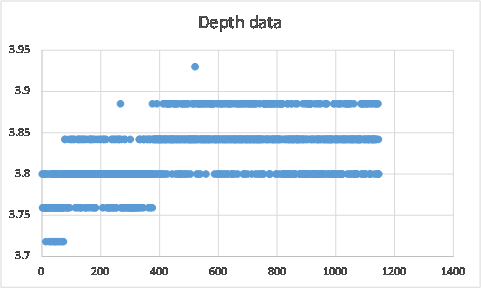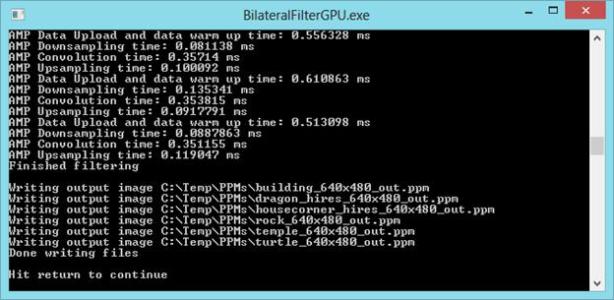My Home-Based Web and Mail Server: Gone!
At home I had a server that hosted my company’s website and the mail server that processed mail directed at (me at) my company. A nice small Windows 2008 server that was always on, never crashed, never had any other problems, always correctly finished its backup, it just did its job. Implemented on my old (2002, I think) Dell 360 Workstation. The only problem we had with it was that it had to be close to the ADSL connection which is next to our dinner table. The Dell 360 is a relatively silent computer, but, you can hear it, and after a few years (to me, for some family members it was already after a few months) the noise gets annoying, and changes have to be made.
One of the joys of a home-based server, on an old pc, is that it is free: no costs are involved except for some electricity. So, the challenge became to replace the home-based server with a solution that is also free, or almost free. So that is what this blog post is really about. How can you get basic IT facilities for your home-based startup company (almost) for free. Home-based means, among other things, that internet access already exists.
So, let’s start with the cost you do have to make. You will have to register your company. In the Netherlands that will cost you about € 40,- a year. You also need (I suppose) a domain name to present your company on the internet. You don’t exist if you’re not on the internet, right? I registered a domain name at GoDaddy’s for less than $ 11,- a year.
The next step is to get basis services like e-mail, an agenda, and a website. There are many possible solutions, but since I am a Microsoft … , hmm yes indeed, What is my relation to Microsoft? Well, there are a few large software (development) platforms. There is the open source solution: Linux with C++, Java, and very much more; there is the Apple platform; the Google rising platform, and of course the Microsoft Windows platform with .Net, VC++, and also much more. There are other platforms, also large and respectable, but I’m not going to fill this blog post enumerating software development platforms to some degree of completeness. The point is, Microsoft Windows is the market leader, that’s why I develop software to run on it. Therefore, I invested time to get to know the platform and a variety of products, and therefore I consume Microsoft products more than from any other platform or supplier. So, if I need e-mail and calendar services I turn to Microsoft.
It might not be well known, but at Live Domains you can customize the Live Services around your own domain name, and insert your company’s look and feel. You can add 500(!) members to your domain, all with their own e-mail address, calendar, etc. All for free. You can edit the DNS data at GoDaddy’s so e-mail will indeed be sent to your e-mail address at the Live Services.
A web site is harder to get for free, especially if you do not want it to be littered with commercial messages that have nothing to do with your company. The solution I found is a free web site from Azure. See here. In fact, I have two sites there, (how versatile) one Silverlight site and an HTML5 site – that downloads video’s from my (free) Skydrive. But do we really need a web site? It seems a bit old school. You could also have a free blog at e.g. WordPress.com, yes right were you are reading this now, and /or a Page at FaceBook.
Clearly, the more you search for it, the more free services you find. If you are a developer, there are several possibilities to safely store your code. Open Source code can go to GitHub, or SourceForge, or of course Microsoft’s CodePlex. My company is at Codeplex, right here. For proprietary software you can use Team Foundation Service (free for up to 5 users – contributors per repository, I suppose).




